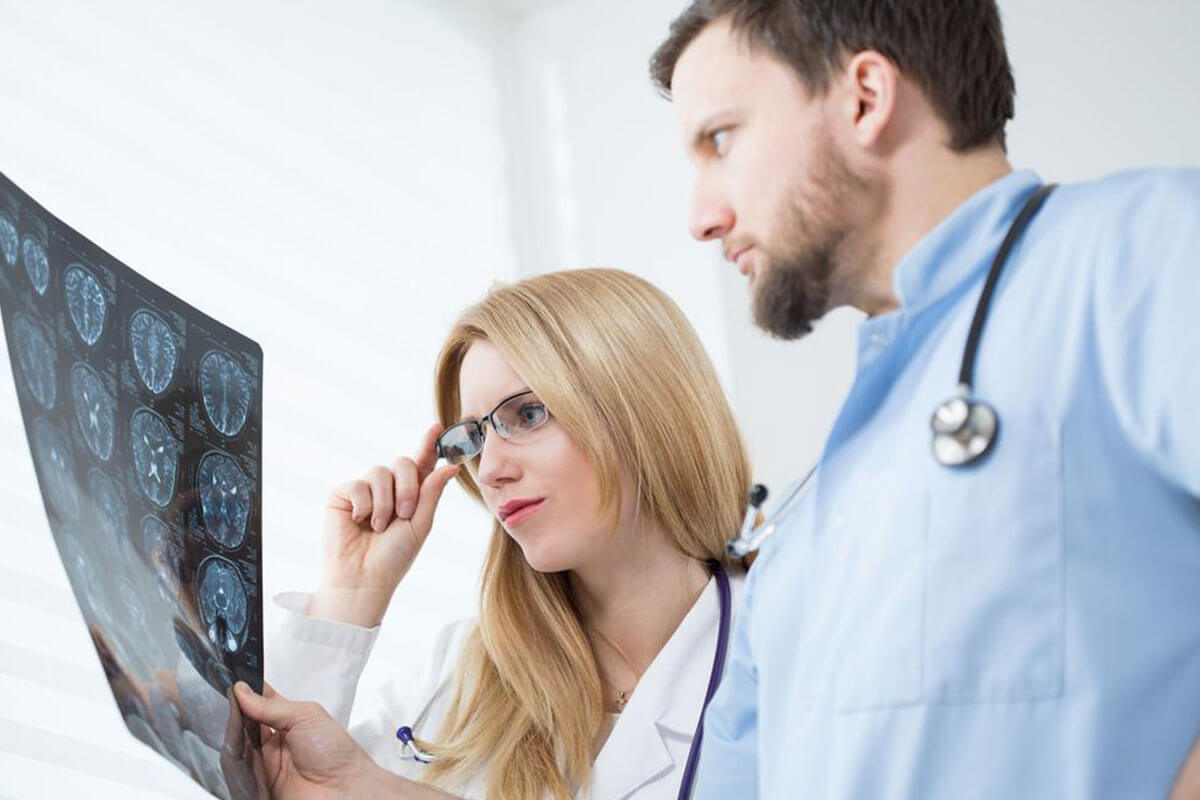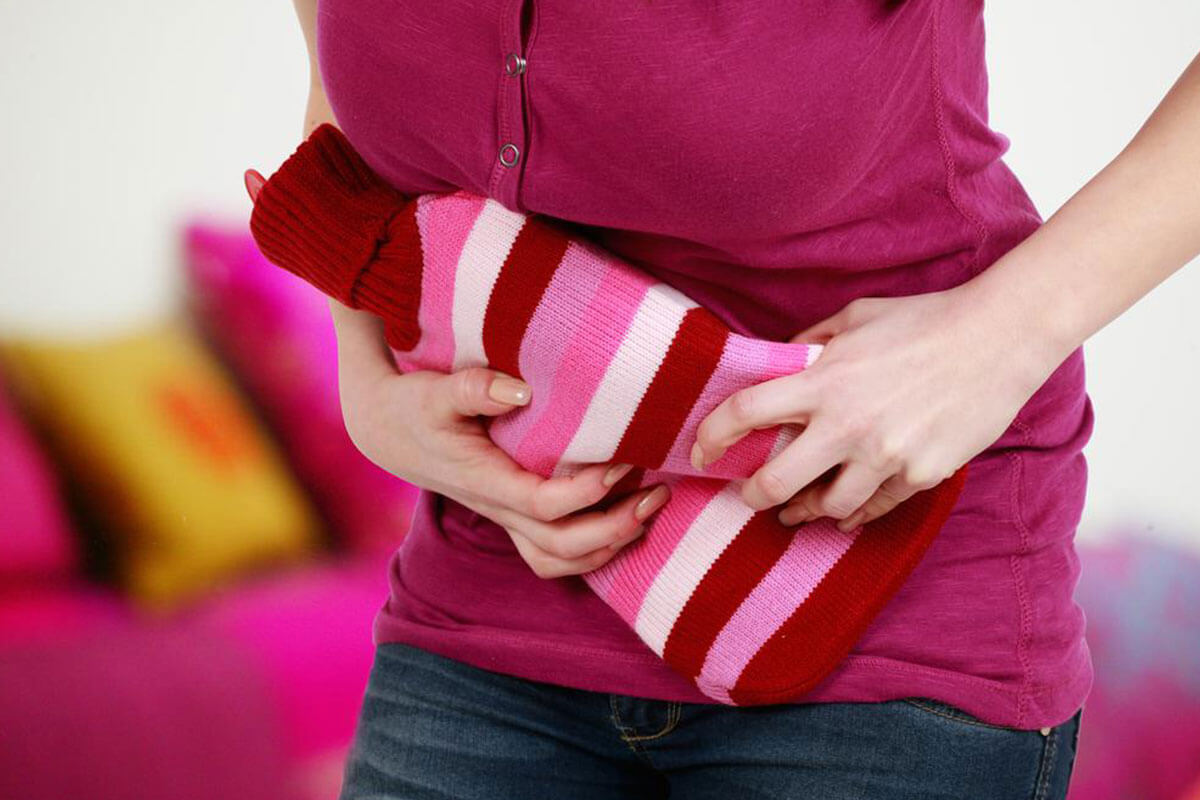Diverticulitis Symptoms- What’s Causing Your Digestive Problems

Here’s What is Causing Your Digestive Problems
Diverticulitis is an inflammation of small pockets in the intestine. These are most commonly found in the large intestine but can occur anywhere along the digestive tract. Since the problem often goes unnoticed until it becomes more serious, it’s important to keep an eye out for diverticulitis symptoms.
Diverticula are small pouches that appear on the walls of the large intestine. This occurs when the inner lining of the large intestine bulges out and forms small sacs in the outer lining. It can be caused by a consistently low-fiber diet which places your digestive system and intestines under immense pressure, leading to diverticula formation. The formation of these diverticula is called diverticulosis or diverticular disease. The inflammation of the diverticula is called diverticulitis.
Diverticula are fairly common and have been associated with aging. With age, the walls of the intestines get weaker and the passing of hard food through it is enough to cause diverticula. It’s estimated that up to 50% of people in the world develop diverticula by the time they are 80 years old.
Diverticulitis refers to the infection that occurs when there is bacterial growth within the diverticula. Diverticulitis symptoms can be severe and lead to complications such as abscesses in the intestine and even intestinal bleeding.
Diverticular disease is often asymptomatic but as it progresses, you tend to have more pronounced diverticulitis symptoms. A low-fiber diet plays a significant role in the development of diverticulitis symptoms.
Diverticulitis symptoms and signs
Unfortunately, most cases of diverticulitis show no symptoms until the condition gets significantly worse. When there is an inflammation of the diverticula, the following diverticulitis symptoms may be noticed.
Abdominal pain
One of the most characteristic diverticulitis symptoms is a painful sensation in the lower left portion of the intestine. In some cases, the pain may be on the right side of the abdomen. The pain often begins suddenly and may be intermittent. This pain often gets worse during, or after meals.
Bowel issues
If you have bowel movements that alternate between extreme diarrhea and painful constipation, it may be a sign of diverticulitis. The bowel movements you experience during diverticulitis usually oscillates between constipation followed by diarrhea. Constipation further weakens the intestinal walls which worsen diverticulitis symptoms and causes further bacterial growth. This bacterial inflammation results in severe diarrhea.
Fever
Like most other infections, one of the diverticulitis symptoms is a mid to high fever. If you experience a persistently high fever, you need to consult a doctor immediately. The fever is often accompanied by full-body chills and flu-like symptoms such as nausea, malaise, headache, etc.
Rectal bleeding
One of the more frightening diverticulitis symptoms is passing blood in the stool or passing blood on its own. The blood may be bright red or a dark purple in color. The rate of bleeding varies. Rectal bleeding is a common complication of inflamed diverticula, and other pouches, in the digestive system. Rectal bleeding is considered a medical emergency and you must seek medical attention as soon as this happens.
Persistent urinary tract infections
Persistent urinary tract infections may seem like an odd symptom for a digestive condition but it is, in fact, one of the more common diverticulitis symptoms if the inflammation is between the colon and the bladder. This symptom is relatively more common in men.
Bloating
Whenever there is an inflammation of the digestive tract, you can expect bloating and flatulence. Bloating can occur when excess air is swallowed during meals or if the inflammation blocks the normal passage of gas through the digestive system. In some cases, bloating may be accompanied by painful abdominal cramps.
Complications Of diverticulitis
Inflammation of the diverticula can lead to the formation of abscesses in the intestines, fistulas, and intestinal bleeding. Peritonitis or infection of the abdominal wall is another potential complication of diverticulitis and requires immediate medical attention. Intestinal obstruction is another complication of diverticulitis which can cause the intestinal wall to rupture. Diverticulitis can be avoided by eating a high-fiber diet, getting adequate liquids, and following a healthy lifestyle. A doctor may prescribe antibiotics to treat the infection that causes diverticulitis. If diverticulitis symptoms persist and become worse, surgery may be recommended to remove the infected portion of the intestine.
To prevent the development of diverticulitis symptoms, it is recommended to follow a balanced diet rich in fruits and vegetables. Increase your fiber intake to prevent constipation. Regular exercise is also recommended for optimizing digestive health. Diverticulitis symptoms can be painful and frightening. If the diverticulitis symptoms are noticed early on, treatment can be initiated to treat the inflammation and prevent further complications.


